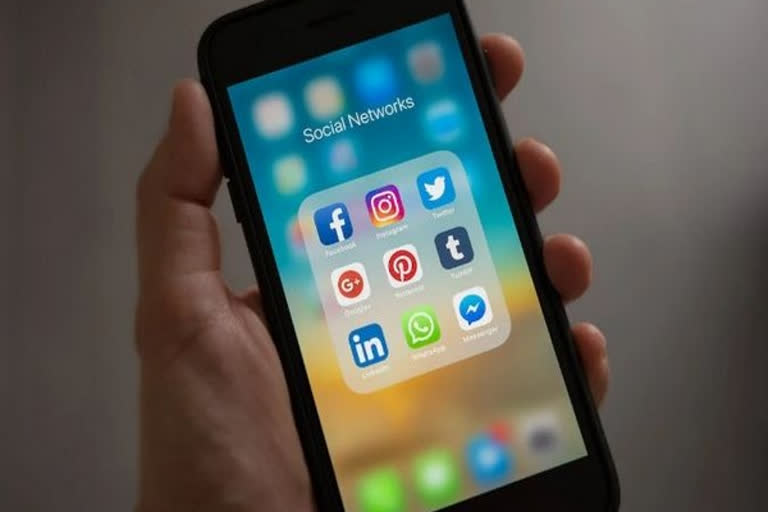Washington [US]: People can be categorised into one of three main social media use patterns: passive, reactive, or participatory, according to a new experimental task that involves a mock social networking site.
Moreover, data from a large online sample suggests that these styles of social media use may be related to psychological well-being, with more interactive users reporting greater feelings of social connectedness than passive or reactive users, according to a new study published this week in the open-access journal PLOS ONE by Daniel Shaw of Aston University, UK, and colleagues.
Despite the wealth of research into the psychological impact of Social Networking Site (SNS) usage, inconsistent findings have prevented any firm conclusions from being drawn. While some studies have concluded that social media usage is associated with increased social connectedness and reduced loneliness, other report detriments to loneliness and well-being with greater use of such platforms.
In the new work, the researchers developed a computerized task to measure styles of usage on a mock SNS platform. They administered the SNS Behavior Task (SNSBT) online to 526 individuals, who also completed questionnaires on their levels of loneliness, sense of belonging, social connectedness, online social capital, and who answered questions about their Facebook usage and friend network.
The SNSBT grouped users into three discrete groups depending on how often they clicked "Next," "Like," or "Share" on 90 images presented to them on the mock SNS. On average, passive users, about 39 per cent of those in the study, clicked "Next" most often, on 85 per cent of images. Reactive users, 35.4 per cent of the study, most often clicked either "Next," 59 per cent of the time, or "Like," 36 per cent of the time. Interactive users, 25.7 per cent of participants, mostly clicked "Like," 51 per cent of the time, or "Share" 20 per cent of the time.
